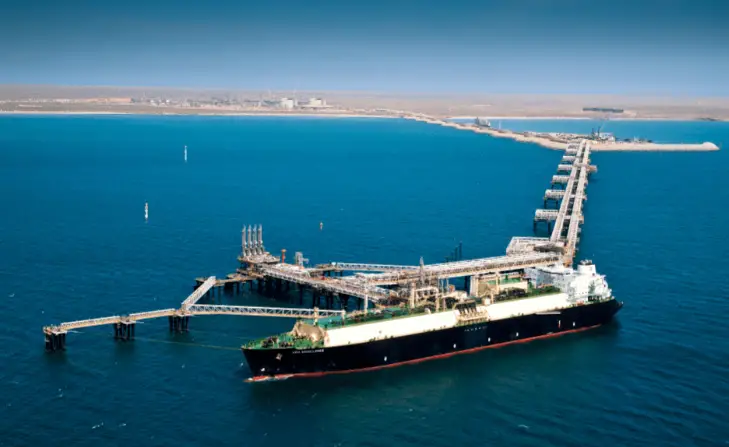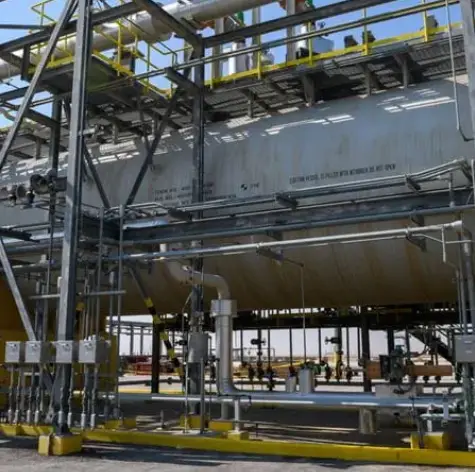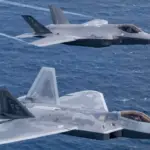Carbon Capture Projects are turning back the clock on global warming. They are essential for addressing climate change by reducing CO2 emissions from industrial sources and power generation, supporting the integration of renewable energy, enabling negative emissions, and contributing to economic growth and energy security. As technological advancements and policy support continue to grow, the role of CCS in achieving global climate goals will become increasingly important.
Here’s the latest on the top carbon capture projects in the world:
1. Gorgon Carbon Dioxide Injection Project (Australia)
The Gorgon CCS project, one of the world’s largest, continues to operate successfully, injecting CO2 into deep underground reservoirs. Chevron has been optimizing the process to ensure maximum efficiency and safety.

2. Aramco’s Accelerated Carbon Capture and Sequestration (ACCS) Project (Saudi Arabia)
Wood has completed the front-end engineering and design for Aramco’s ACCS project, which is set to become the world’s largest carbon capture and sequestration hub. The project aims to capture 9 million tonnes of CO2 annually by 2027 and up to 14 million tonnes per annum by 2035, contributing significantly to Saudi Arabia’s CCUS goals (Wood).

3. Midwestern Carbon Capture Hub (USA)
Northwestern University is leading the Midwest Nuclear DAC Hub (MINDAC), funded by the U.S. Department of Energy. This hub will use a zero-emission nuclear fleet to power direct air capture units, aiming to capture 1 million metric tonnes of CO2 annually from the atmosphere. This initiative is part of the Regional DAC Hubs Program, which aims to advance the deployment of DAC technologies across the U.S. (Northwestern Now).

4. Net Zero Teesside Power and Northern Endurance Partnership (UK)
Wood has been selected as a contractor for the Net Zero Teesside Power and Northern Endurance Partnership projects. These projects aim to capture up to 2 million tonnes of CO2 per year from a gas-fired power station and store it in subsea storage sites beneath the North Sea. The projects are part of the UK’s effort to achieve net-zero emissions by 2050 and will contribute significantly to the East Coast Cluster’s carbon capture capacity (Wood).
5. Direct Air Capture Projects
Direct air capture (DAC) is experiencing rapid growth. Notable projects include the Stratos project in Texas, which aims to capture 500,000 tonnes of CO2 annually, and the Mammoth plant in Iceland by Climeworks, which will capture 36,000 tonnes of CO2 each year. The U.S. has also seen substantial federal funding for DAC hubs, bolstered by the Inflation Reduction Act and Bipartisan Infrastructure Law, positioning the country as a leader in carbon capture technologies (GreenBiz).
The timeline and costs involved in launching a carbon capture project can be a major barrier to entry, with projects taking 60+ months to initiate. Here’s a rough timeline for developing a project.
Feasibility Study (0-6 months) – Site selection, technology evaluation, stakeholder engagement.
Planning and Development (6-18 months) – Project planning, regulatory approvals, technology selection.
Engineering and Procurement (18-30 months) – FEED, final investment decision, detailed engineering.
Construction (30-54 months) – Construction of capture facilities and infrastructure.
Commissioning (54-60 months) – Testing, staff training, initial operation.
Operational Phase (60+ months) – Full operation, maintenance, and continuous monitoring.
If you would like to learn more, book a consultation today at Book Online | Europa (the-europa-initiative.org).







